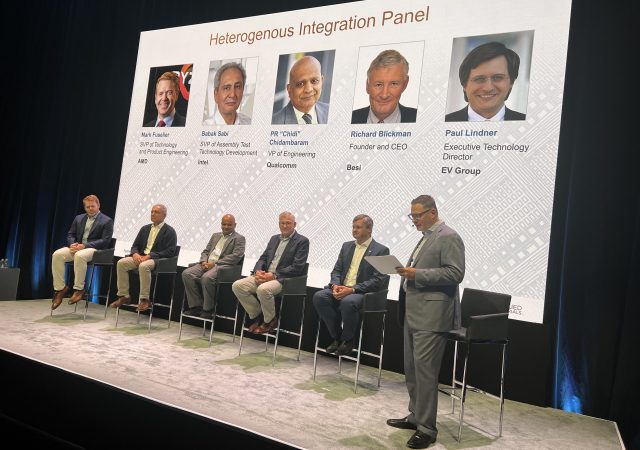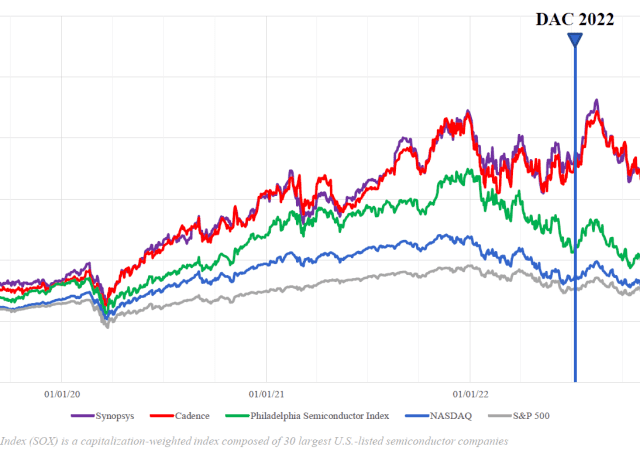EUV and KrF growing as advanced logic and memory increase.
Editor’s Picks

Materials “Sweet-spot” – ALD/CVD Precursor Supply Chain
Mo may replace HVM applications, which could reduce future WF6 supply strains.

Heterogeneous Integration: Expert Panel Addresses the Challenges Ahead
At SEMICON West, Applied Materials hosted a panel of experts that focused on emerging trends in heterogeneous design and integration using advanced packaging technology.

System Companies Shake Up Semis with Middle Man Cuts, Vertical Shifts, and More
The economic death of Moore’s Law brings a simpler semiconductor value chain, the rise of system companies, software ownership, cuts to the middle man, vertical shifts, and IP M&As.

Silicon Wafers Supply Swinging Back to Positive for 2023
Revenues for SOI Wafers remain stable, with high growth forecasted ahead.

Industry Use of Vital PFAS Threatened by New Regulations
PerFluoroalkyl and Polyfluoro Alkyl Substances (PFAS) are vital to the semiconductor industry due to their unique and unparalleled properties. They are used throughout the entire semiconductor manufacturing supply chain. Although some PFAS pose a risk to health and the environment, they have come under increased scrutiny by regulators and government bodies around the world, unfortunately, in a very politicized way.

Echo Opto-Acoustic Metrology System From Onto Innovation Wins 2023 Best of West Award
Onto Innovation will receive the Best of West award today at SEMICON West 2023.

2023 Semiconductor Materials Market Slowing but Resilient
Material growth to resume in 2024 as industry recovers and fabs ramp up.

Changes Coming to the CIS Ecosystem
Speaking at the Market Symposium at SEMICON West on Monday, Dan Gamota, Vice President, Manufacturing, Innovation & Product Industrialization, Jabil, described a changing landscape for the electronics manufacturing ecosystem, where the lines between chip-makers, foundries, electronics manufacturing service (EMS) providers and OSATS (outsourced assembly and test services) are blurring.

SEMI and Semiconductor Digest Announce 2023 Best of West Award Finalists
SEMI and Semiconductor Digest today announced finalists for the Best of West award to be presented at SEMICON West 2023, July 11-13 at the Moscone Center in San Francisco.



